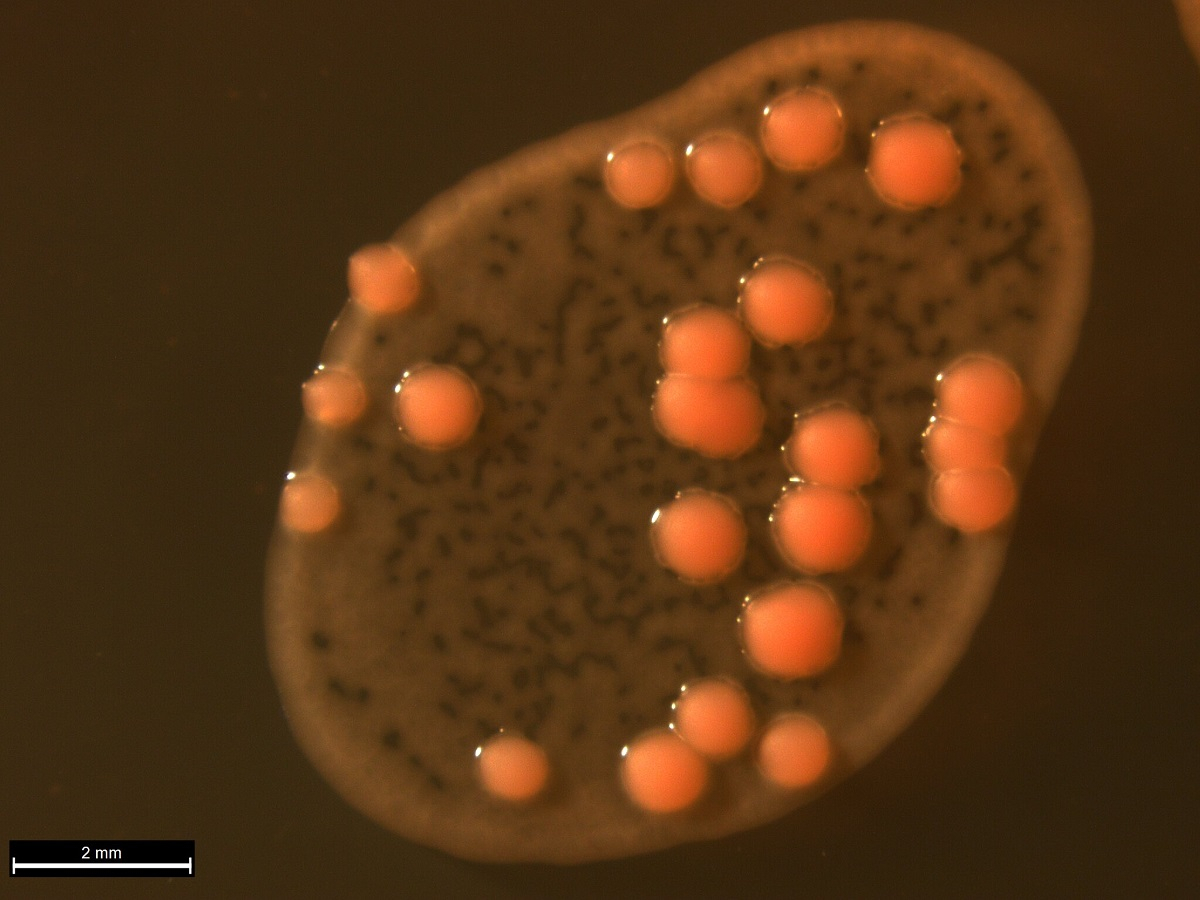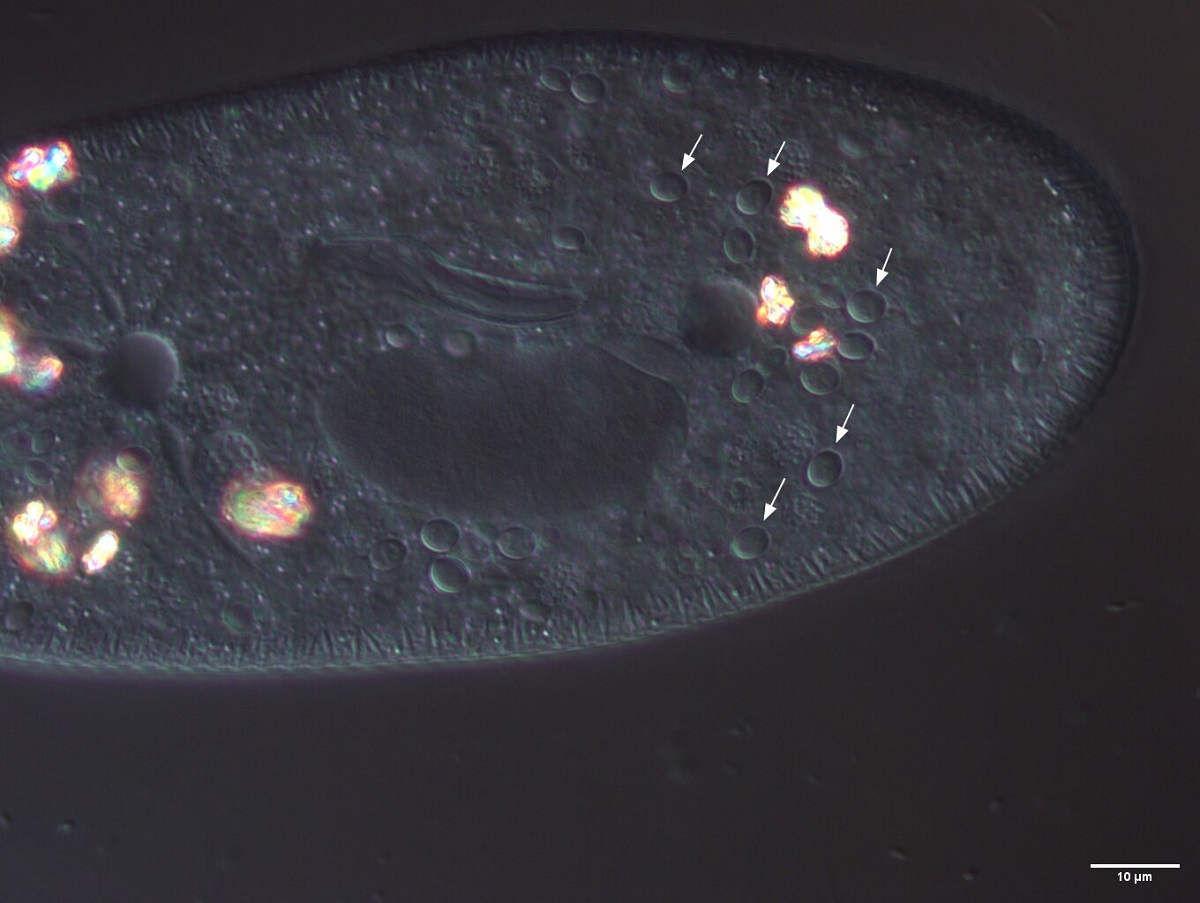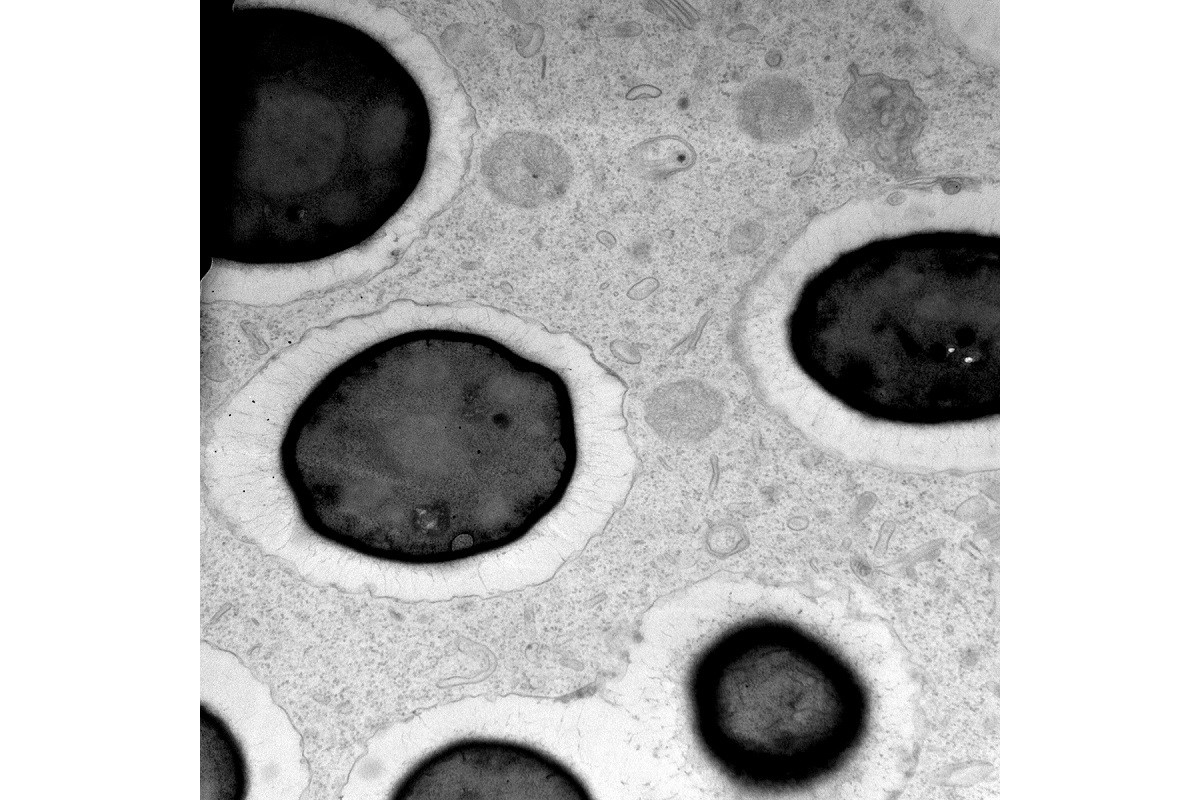Biologists from St Petersburg University are the first to describe in detail the symbiosis between ciliates and yeast
Scientists from St Petersburg University are the first in the world to discover and describe in detail the symbiosis between ciliates and yeast in aquatic environments. These yeasts can naturally infect ciliates and may ultimately contribute to the spread of fungal diseases in humans. The study of such associations enhances our understanding of the role of these symbioses and their impact on the environment.

Symbiotic associations, or symbioses, in nature refer to the coexistence of unrelated organisms, which may not always be mutually beneficial and can sometimes be harmful. A symbiont is a smaller organism that resides either on the surface of a larger organism (epibiont) or inside it (endobiont).
The research findings are published in the scientific journal Protoplasma.
The phenomena described are commonly observed in ciliates that form associations with other microorganisms, including bacteria, unicellular algae, and yeasts. These associations play a crucial role in aquatic ecology and attract scientific interest because stable symbiotic systems develop complex regulatory mechanisms, in which the partners continuously adapt to each other. Additionally, recent scientific findings indicate that ciliate symbionts may include microorganisms that are pathogenic to humans or are closely related to human pathogens.

The scientists from St Petersburg University are studying various symbiotic associations of ciliates found in aquatic environments. In this case, the biologists from St Petersburg University successfully isolated a ciliate clone from a natural water body that harboured yeast in its cytoplasm. They were the first in the world to discover and describe in detail the symbiosis between ciliates and yeast in an aquatic environment.
Approximately 40 years ago, a similar phenomenon was observed in laboratory conditions, but it was not fully characterised due to the lack of advanced molecular research methods at the time. Today, however, these methods have been developed, enabling us to obtain a comprehensive understanding of the systematics of these organisms, which we have successfully described.
Elena Sabaneeva, Associate Professor in the Department of Cytology and Histology at St Petersburg University
Using light, confocal, and electron microscopy, the scientists from St Petersburg University characterised the symbiotic system and demonstrated that the symbionts of this ciliate clone exhibit a structure typical of yeast. Employing molecular techniques, they sequenced marker genes from both the ciliates and the yeast, determining the species identity of the symbiotic partners.
Additionally, the biologists conducted an experimental infection, revealing that Paramecium bursaria, which is normally free of its typical zoochlorella symbionts, becomes infected by the yeast Rhodotorula mucilaginosa when its concentration in the medium is increased. It is noteworthy that 40 years ago, this yeast was considered harmless. Modern methods have now confirmed that these organisms can cause fungal infections in humans, supporting the hypothesis that ciliates may serve as transmission vectors for certain human diseases.

"We have demonstrated that the ciliate Paramecium bursaria is capable of spontaneously acquiring Rhodotorula mucilaginosa infection in nature. This ability is not limited to laboratory cultures, which may become weakened due to prolonged maintenance under artificial conditions and experimental manipulations," said Elena Sabaneeva.
The study was conducted at the Resource Centre for Culture Collection of Microorganisms at the St Petersburg University Research Park.
St Petersburg University, the oldest university in Russia, was founded on 28 January (8 February) 1724. This is the day when Peter the Great issued a decree establishing the University and the Russian Academy of Sciences. St Petersburg University today is a major centre for education and research. More than 20,000 students study here, and more than 15 major laboratories and 23 resource centres have been established as part of the country’s leading Research Park. Graduates of the University have been recipients of the Nobel and Fields Prizes on multiple occasions.
Recently, St Petersburg, the Northern Capital of Russia, officially introduced a new holiday — Day of St Petersburg University — which has been included in the St Petersburg Law "On holidays and commemorative days in St Petersburg".
In February 2025, a ceremonial event was held, during which Roscosmos cosmonauts presented the University with the "300th anniversary of St Petersburg University" flag, which had travelled to the International Space Station and back.

